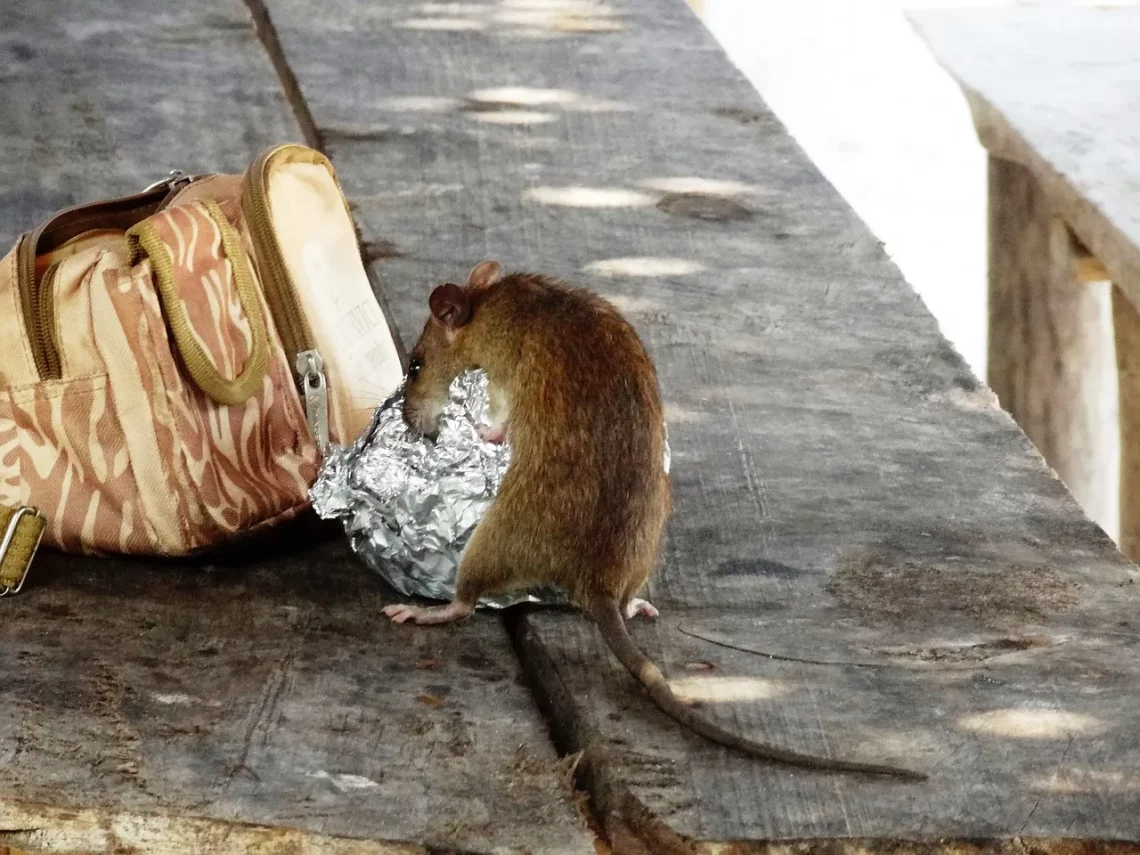-
Why Does My Dog Eat Everything? Understanding Their Behavior
Understanding why dogs eat everything in sight is a common concern among pet owners. This behavior, often perplexing, can stem from a variety of factors that intertwine instinct, environment, and individual personality traits. Dogs are natural scavengers, and their ancestors relied on foraging and consuming whatever was available to survive. This instinctive behavior has been passed down through generations, making it not just a quirk but an integral aspect of canine nature. Moreover, a dog’s curiosity plays a significant role in its eating habits. Dogs explore their world largely through their sense of taste and smell, which can lead them to munch on items that are not food. This exploratory…
-
Understanding and Managing Aggressive Behavior in Golden Retrievers
Understanding aggressive behavior in Golden Retrievers is a topic that many dog owners grapple with. These beloved companions are often known for their friendly and gentle nature, making it surprising when aggressive tendencies surface. Aggression can manifest in various forms, including growling, snapping, or even biting, and it can be alarming for both owners and those around them. Understanding the underlying causes of aggression is crucial to addressing it effectively. Various factors contribute to aggressive behavior in dogs, including genetics, environment, training, and socialization experiences. Furthermore, aggression in dogs can stem from fear, territorial instincts, possessiveness, or even medical issues. This complexity means that it’s essential for owners to approach…
-
Can Chickens Eat Ticks? Exploring Their Natural Pest Control Abilities
Chickens have long been valued not just for their eggs and meat, but also for their remarkable ability to help control pests in gardens and backyards. These feathery foragers are known for their insatiable curiosity and appetite for a wide variety of insects. Among these pests, ticks stand out as particularly concerning due to their potential to transmit diseases to both animals and humans. As more people turn to natural methods for pest control, the question arises: can chickens actually eat ticks? Understanding the dietary habits of chickens can shed light on their role in managing pest populations. These birds are omnivorous, meaning they consume both plant and animal matter,…
-
Natural Flea Control: The Animals That Eat Fleas in Your Home
Fleas are tiny, wingless parasites that can cause significant discomfort for pets and humans alike. These pests thrive in various environments, often infiltrating homes through pets or even on clothing. Fleas not only irritate their hosts but can also transmit diseases, making effective control measures essential for maintaining a healthy living space. While there are numerous chemical solutions available for flea control, many pet owners are increasingly seeking natural methods that are safer for both their animals and the environment. Creating a harmonious home involves more than just caring for your pets; it includes managing pests that can disrupt daily life. Natural flea control methods leverage the innate behaviors of…
-
Essential Guide to Buying Your First Pet Rat
Starting a new chapter in your life by welcoming a pet into your home can be an exciting yet daunting experience. Among the various options available, pet rats stand out as intelligent, affectionate, and relatively low-maintenance companions. Unlike more traditional pets like dogs or cats, rats offer a unique bond that can be deeply rewarding. These small creatures are not only entertaining but also surprisingly social, often forming strong connections with their owners. When considering a pet rat, it’s essential to understand their needs, behaviors, and the responsibilities that come with caring for them. From their social nature to their specific habitat requirements, potential rat owners must equip themselves with…
-
Understanding the Unique Traits of Liver Colored Dogs
Liver colored dogs, often characterized by their rich, chocolatey hues, have a unique charm that captivates dog lovers around the world. These dogs are not only visually striking, but they also embody a variety of traits that make them endearing companions. The liver color can occur in various breeds, and each breed brings its own distinct personality and set of characteristics. Understanding the appeal of liver colored dogs goes beyond their aesthetics; it involves an appreciation of their behavior, temperament, and the special bond they can form with their human families. The liver coloration is often the result of specific genetic factors, which can also influence a dog’s overall health…
-
Understanding Dog Behavior Changes After Vaccination
Understanding the intricate world of dog behavior is essential for any pet owner. Dogs communicate through a variety of means—body language, vocalizations, and their reactions to different stimuli in their environment. Just like humans, dogs can experience a range of emotional and physical changes based on their life experiences, including medical treatments like vaccinations. Vaccinations are a vital component of responsible pet ownership, protecting dogs from various infectious diseases. However, the process of vaccination can sometimes result in noticeable changes in a dog’s behavior. These alterations can stem from the physical effects of the vaccine itself, anxiety related to the veterinary visit, or even changes in their routine. Understanding these…
-
Understanding the Unique Characteristics of Chow Dog Tongues
Chow Chows are one of the most distinctive dog breeds, known for their lion-like mane, unique appearance, and particular temperament. One of the most fascinating aspects of this breed is their tongues, which are not only striking in color but also have several intriguing characteristics that set them apart from other dog breeds. The Chow Chow’s tongue is often a topic of discussion among dog lovers and enthusiasts, sparking curiosity about its unique features and the implications these may have for the breed’s health and behavior. These dogs are believed to have originated in China, where they were historically used for various purposes, including guarding and pulling sleds. Over time,…
-
Understanding the Unique Features of Chow Dog Tongues
Chow Chows are a unique breed known for their distinct appearance and personality traits. Among their many striking features, one that often captures attention is their tongue. Most dogs have pink tongues, but Chow Chows have a remarkable blue-black hue. This unique trait has intrigued dog lovers and potential owners alike, leading to a deeper curiosity about its origins and implications. The Chow Chow’s tongue not only contributes to its aesthetic appeal but also holds significance in understanding the breed’s health and genetic background. The color of the tongue can serve as an indicator of certain breed characteristics, and it is often a topic of discussion among breeders and veterinarians.…
-
How to Help Pets Cope with New Year’s Eve Fireworks Anxiety
As the end of the year approaches, celebrations often ramp up with festivities, culminating in the explosive displays of fireworks. For many, this is a time of joy and anticipation, but for our furry companions, it can be a source of immense stress and anxiety. The loud booms, bright flashes, and unpredictable sounds can leave pets feeling frightened and disoriented. Understanding this phenomenon is crucial for pet owners, who must navigate this challenging time while ensuring their pets feel safe and secure. Fireworks anxiety is a common issue that affects countless animals each year. Dogs and cats, in particular, can experience heightened levels of fear, leading to destructive behaviors, excessive…






































